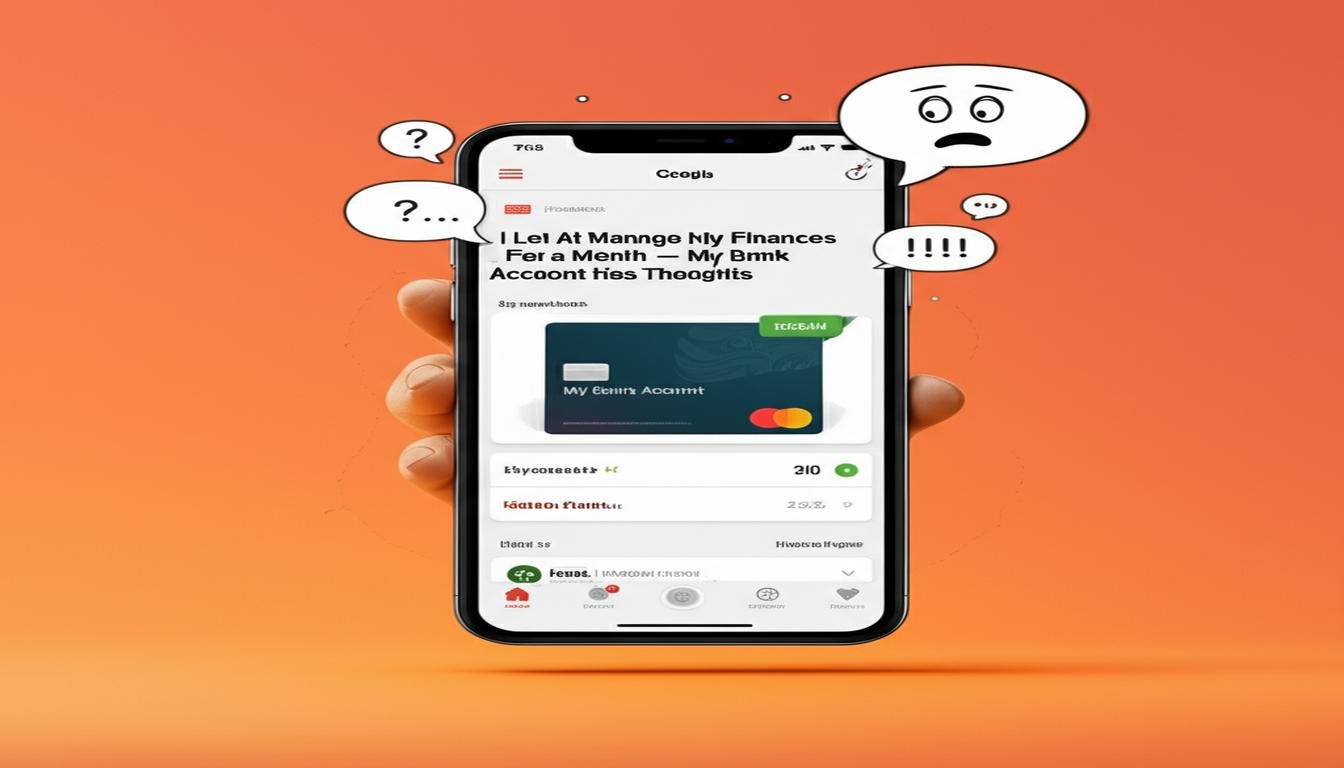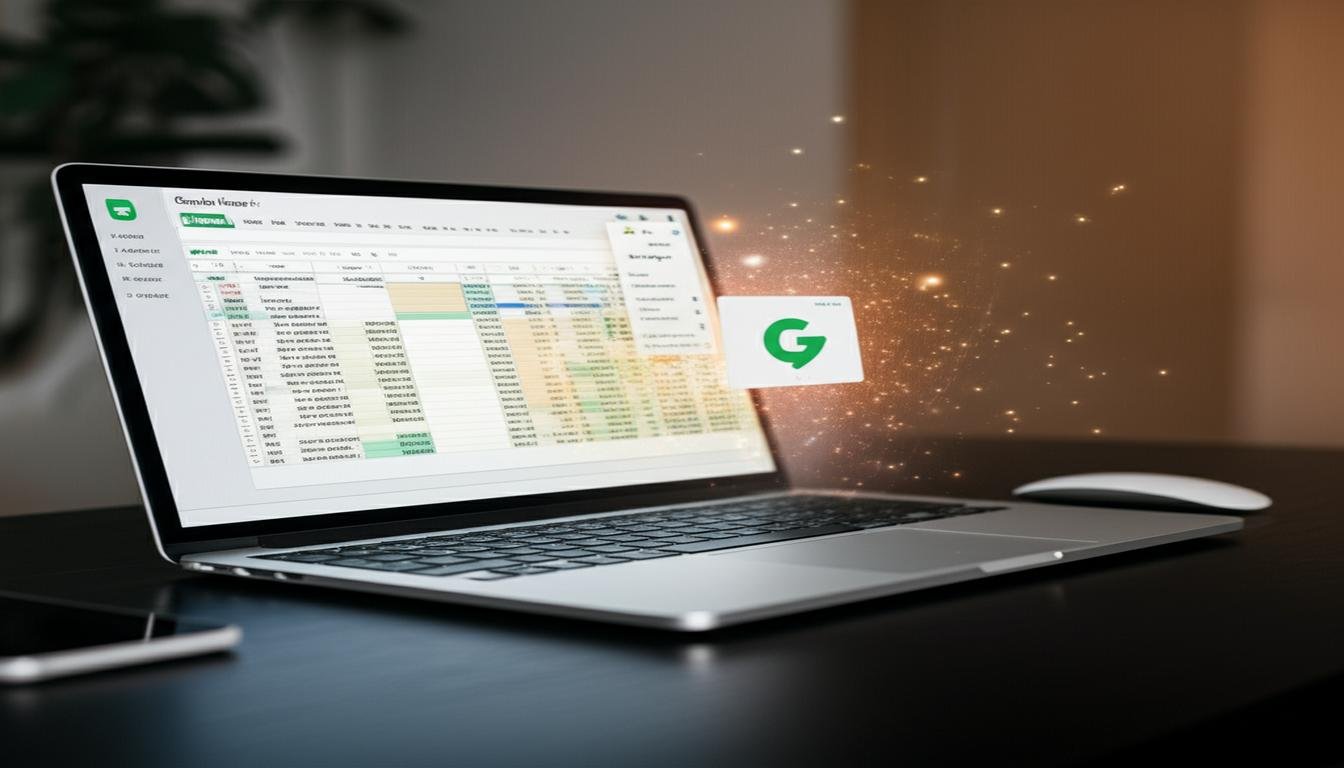I Let AI Manage My Finances for a Month – My Bank Account Has Thoughts You know that feeling? The one where you dread opening your banking app, or the monthly budgeting task feels like pulling teeth? Yeah, me too. For years, I’ve wrestled with spreadsheets, debated small purchases, and generally spent way too much mental energy on my money. So, a few weeks ago, I had a wild idea: what if I just… didn’t? What if I let Artificial Intelligence take the reins? That’s right. For one full month, I handed over a significant chunk of my personal finances to various AI-powered tools. My bank account, let me tell you, has some strong opinions now. And honestly? So do I. The Setup: Trusting the Bots with My Bucks Before you picture me giving a robot my debit card, let me clarify. I didn’t literally give an AI access to transfer funds willy-nilly. Instead, I leveraged a combination of smart budgeting apps, automated savings tools, and AI-driven investment platforms that analyze spending, suggest optimizations, and move money based on pre-set goals and learned habits. My goal was simple: minimal human intervention. I linked accounts, set parameters (e.g., “save X% of income,” “don’t go below Y in checking”), and then stepped back. It felt a bit like dropping your kids off at school for the first time – a mix of liberation and sheer terror. Would my money be safe? Would I end up eating ramen for a month? Only one way to find out. The Good: When My Bank Account Felt Like a Genius Let’s start with the upsides. There were definitely moments when I felt like I’d stumbled upon a financial superpower. Unearthing Hidden Costs: The AI was ruthless. Within the first week, it flagged three subscription services I’d completely forgotten about (and wasn’t using). That’s instant savings right there. My bank account whispered, “Finally!” Automated Savings: This was a big win. The AI identified “safe to save” amounts based on my spending patterns and automatically moved small sums into a separate savings account. I barely noticed it, but the balance steadily grew. It was like magic, but with algorithms. Reduced Decision Fatigue: This was perhaps the most liberating aspect. No more agonizing over whether to buy that extra coffee or if I could afford a new book. The AI had already optimized my budget, so as long as I stayed within general limits, the stress was gone. My brain felt lighter. Spending Insights: Beyond just saving, the tools provided really clear, actionable insights into where my money was actually going. It highlighted categories where I overspent without even realizing it. My bank account, initially hesitant, started to hum a happy tune. It appreciated the discipline, the lack of impulsive spending, and the consistent growth. The Bad & The Bumpy: When My Bank Account Got Annoyed It wasn’t all sunshine and automated savings, though. There were moments when my bank account, if it could talk, would have definitely rolled its eyes. Lack of Nuance: AI is good at patterns, not emotions. One week, I had an unexpected dinner with old friends. The AI saw “unusual dining out expense” and immediately sent me a nudge. While technically correct, it didn’t understand the *value* of that social connection. My bank account felt a bit restricted. Initial Setup Headaches: Getting everything linked and optimized took longer than I expected. There was a learning curve, and the first few days were a flurry of permissions and fine-tuning. The “Too Efficient” Trap: Sometimes, the AI was a little *too* good. It suggested cutting back on things that, while not strictly necessary, added joy to my life (like my weekly fancy coffee or a streaming service). It felt like having a very strict financial babysitter. Trust Issues: Even knowing how the tech worked, there was a persistent hum of “what if?” What if it made a mistake? What if it invested my money poorly? This mental hurdle was tougher to overcome than I anticipated. My bank account definitely felt some pangs of being over-managed. It missed the occasional spontaneous treat, the flexibility that human intuition allows. My Bank Account’s Final Thoughts & My Takeaways As the month drew to a close, my bank account had undeniably changed. It was healthier, with a slightly larger buffer and a much clearer spending history. It learned a lot about my habits, and I learned a lot about its potential (and limitations). So, would I let AI completely manage my money again? Probably not 100%. But here’s what I *will* continue to do: Leverage Automation for Savings: Those automated transfers? Absolutely staying. It’s too easy and effective not to. Use AI for Insights, Not Dictation: I’ll keep using the analytical features of these tools to understand my spending, but I’ll make the final decisions on where to cut and where to splurge. Automate Bill Payments: This one is a no-brainer for peace of mind and avoiding late fees. Maintain Human Oversight: A quick weekly check-in with my finances, even with AI working behind the scenes, is crucial. Is AI Finance Management Right for You? If you’re someone who: Struggles with consistent budgeting. Wants to save more but doesn’t know where to start. Finds financial management stressful and time-consuming. Is open to trying new financial technology. Then exploring AI-powered financial tools could be incredibly beneficial. They offer a powerful way to gain control and clarity over your money without the constant manual effort. Ultimately, my month-long experiment taught me that AI isn’t here to replace human decision-making, but to augment it. It’s like having a super-efficient, non-judgmental financial assistant. My bank account, initially apprehensive, is now cautiously optimistic. And so am I. Have you tried letting AI help with your money? What were your experiences?
I Let AI Manage My Finances for a Month-My Bank Account Has Thoughts









